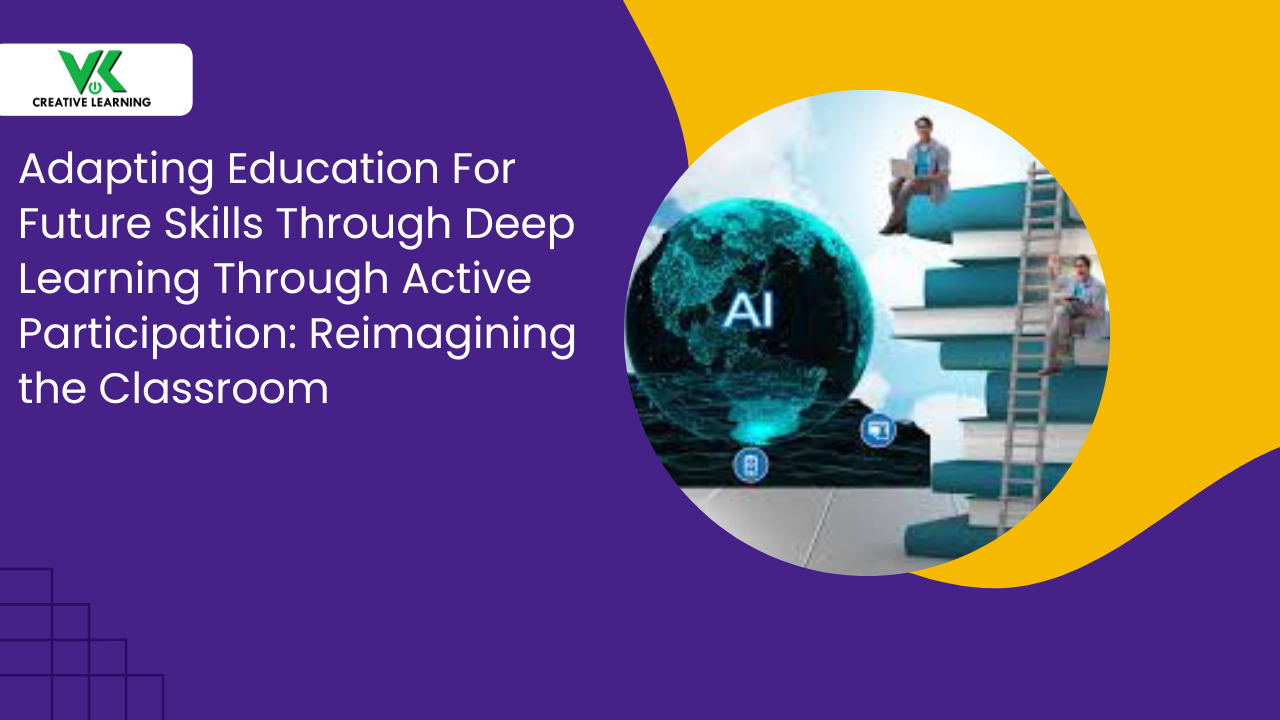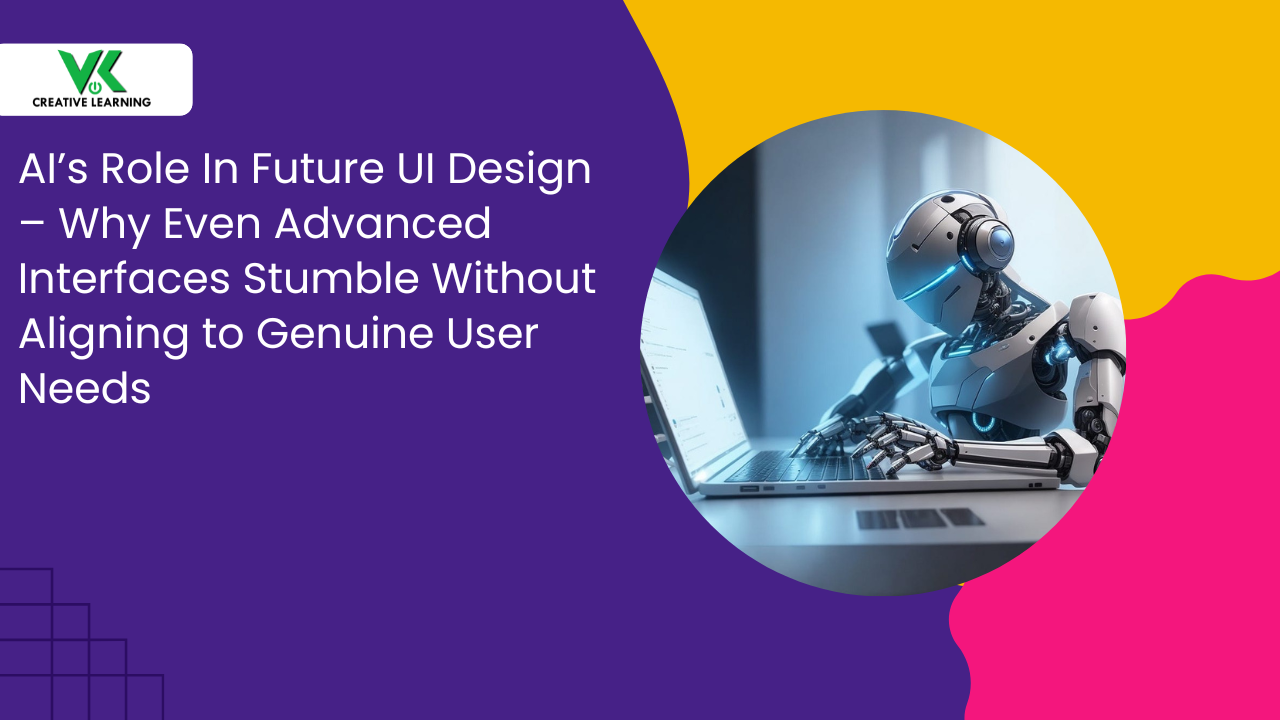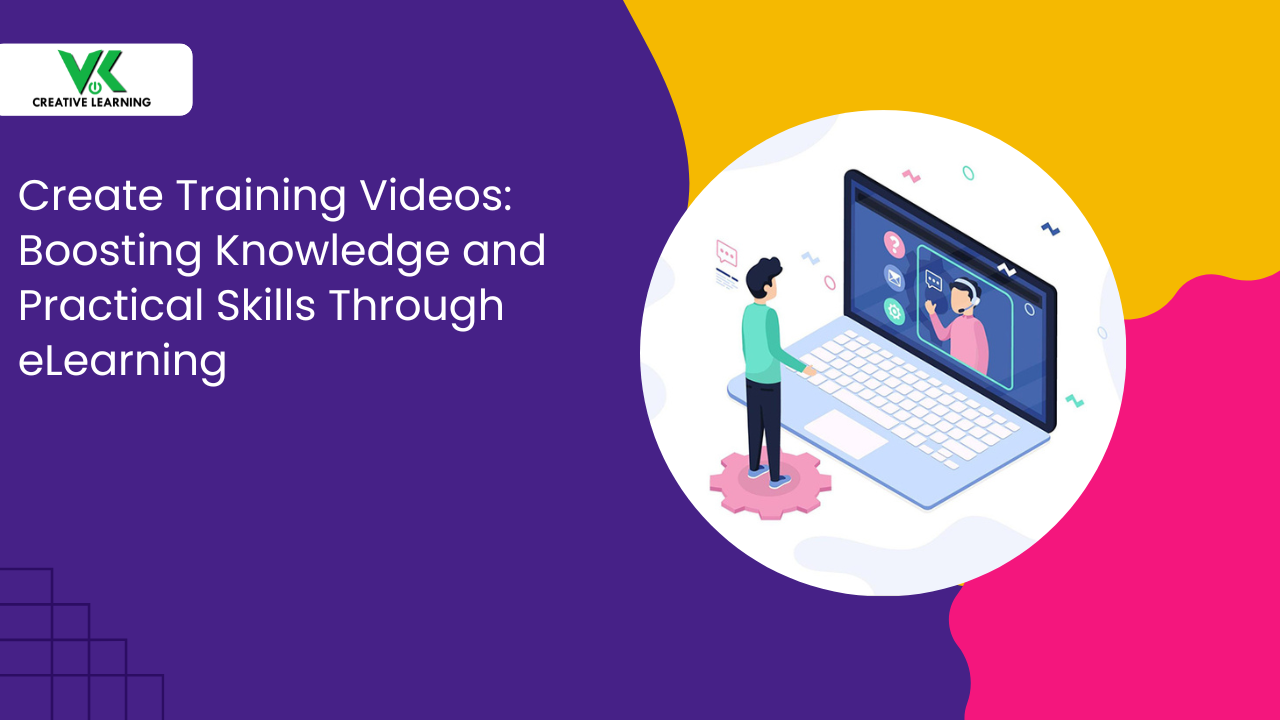Scaling Up Higher Education’s Output through Advanced Cloud Infrastructure E-learning Services
May 26, 2025
For students coming out of higher education, it has become mandatory to be in sync with the market needs. Hence, it is very necessary to get into the habit of continuous upskilling. However, they cannot achieve it unless the higher educational institutes provide options for them.
Therefore, it has become highly essential that higher educational institutes move beyond the traditional pathway of teaching. Importantly, they need to be aligned with the demands of the market.
Here is where e-learning based cloud infrastructure services can turn into a savior for higher education students. We shall learn about e-learning cloud solutions in subsequent sections, but let’s cover difficulties faced by students.
Table of Contents:
Problems Faced by Higher Education Students – Theory and Workplace Situations
Understanding What Cloud Infrastructure Services Really Mean
- A Look at What Are IaaS, PaaS, and Saas
- IaaS
- PaaS
- Saas
What Makes Cloud Infrastructure Compelling for Higher Education?
- Customization and Scalability
- Accessibility
- Security
Problems Faced by Higher Education Students – Theory and Workplace Situations
Use of generic content leads to a learning path that is disconnected from real-world applications.
Apart from these, tight schedules, outdated curricula, and the lack of feedback can hinder the learning process.
A close look at learning problems clearly indicates a need for a comprehensive custom e-learning platform for higher education. This courseware should be such that it can provide personalization and be accessible at any time.
In addition, the use of localised content along with 3D animation and storytelling for explaining the concept will be beneficial. Importantly, when learners have to use their theoretical knowledge in the workplace, an application gap exists.
This glaring gap surfaces as the students don’t know how to use the learned concepts in the practical world.
In other words, the imbalance that exists causes a misalignment in terms of skillsets. That is, students may have graduate degrees but lack the required skills for work.
The missing readiness turns pronounced when specialized fields are considered. These fields can be healthcare, manufacturing, or software engineering -- hands-on exposure is necessary.
The inefficiency may further exacerbate owing to the language barrier. And, cultural context may play its own role to address region-specific expectations.
For these reasons, firms must reskill them on a nonstop basis -- reskill their workforce. However, this is a huge task, considering all the obstacles that may thwart the knowledge-gaining process.
These instances are commonly observed in students pursuing higher education in IT Infrastructure, healthcare, logistics, retail, import and export, etc.
Another great challenge is maintaining synchronization among different departments. This helps to maintain content evenness, and the swift outcomes can be accessed.
However, traditional programs may not be able to live up to expectations when this particular factor is considered. In fact, it would turn out to be an uphill task as it would consume excessive time with limited resources.
Another factor that will hinder learning is the absence of adaptive learning to suit individuals’ preferences. Also, it may not be possible to provide huge resources for learning purposes as when the students require them.
However, the adoption of cloud infrastructure services can make it possible to create custom training content. The benefits are many when an e-learning platform with a cloud-based IT structure is put in place.
The e-learning based cloud solution can offer a host of chapters on different topics. Also, it would be tuned to the requirements of multiple industries. Thus, personalisation is at the highest level -- students can learn whatever is required as per the market demands.
We would understand more about these intelligently tailored advanced cloud infrastructure services. We would also explore its features and how it can be used in industries in different situations.
Understanding What Cloud Infrastructure Services Really Mean
E-learning-based cloud infrastructure services refer to catering all the required learning features. These facets of platforms will aid students to speed up their learning.
In other words, all the learning course materials are stored, and the resources are distributed to teachers and students. This offers a huge level of flexibility, given that no physical setup is needed as it happens in a physical classroom. Importantly, there is instant access to the learning course materials – when needed.
Importantly, storage, servers, network, and software e-learning features are bestowed by the cloud infrastructure services. Thus, there is no need to have them in a separate room or spend for them. This also saves the rent needed for the infrastructure setup – expenditure reduced considerably.
Above all, the need for complete physical hardware in an institute is eliminated completely. These services come in three key models: Infrastructure as a Service (IaaS), Platform as a Service (PaaS), and Software as a Service (SaaS).
This configuration allows the setup of multiple layers -- a high level of customization. This implies that educators and institutions have the freedom to opt for the level of control and customization. These both factors will totally lean on the set specific goals.
Example: raw computing resources are rendered by IaaS for building platforms. On the other hand, SaaS comes in handy for generating direct links to ready-made applications for immediate educational use.
A Look at What Are IaaS, PaaS, and Saas
For the people unfamiliar with the above terms, here are the explanations.
IaaS
Infrastructure as a Service (IaaS) can be viewed as a virtual platform with multiple features (cloud platforms, hosted storage, scalable compute). In other words, it is part of an IT infrastructure encompassing a cloud computing model (API-driven, service-oriented, modular). This entails virtualized IT resources (rented servers, storage hubs, data networks) on demand.
IaaS belongs to the core triad of cloud offerings: Software as a Service (SaaS—ready-made software via the web) and Platform as a Service (PaaS—tools to build applications online). Each offers personalized layered digital agility (cloud-native frameworks, adaptive learning modules, modular APIs).
Why IaaS: It gets rid of the unnecessary delays and capital-drains required for setting up traditional infrastructure.
PaaS
When PaaS is implemented, all complexities are sliced out – just code and manage all apps and data. Hence, the focus automatically shifts to the developers’ creativity – no shackles from an infrastructure perspective.
Thereby, providers work on the underlying software bedrock (OS patches, load balancers, runtime libraries).
SaaS
SaaS, meanwhile, serves more like a full-course feast. That is, everything is catered right from server infrastructure to applications (web apps, CRM tools, email platforms).
So, all the user has to do is just log in, and all functions fall into place. That, too, data stays secure, updated, and fully supported -- tailored for user convenience.
What Makes Cloud Infrastructure Compelling for Higher Education?
Customization and Scalability
The answer is very simple, and that is its ability to offer scalability as well as adaptability as when needed. More importantly, the cloud solution offers virtual lab and 3D animations -- even custom e-learning content can be developed.
This cloud-based IT infrastructure substantiates that there is trouble-free delivery with minimalistic latency.
Accessibility
Furthermore, it allows the option to the learners of accessing the learning modules from their preferred location. This is an exceptional feature that makes the global learning experience possible. This is feasible irrespective of where an individual is located.
Security
This cause is a major concern when it comes to digital education. With e-learning based on cloud solutions, learning courses scripted by teachers and other essential records remain secure.
This happens as there is end-to-end encryption of data. Also available in IT infrastructure cloud services are role-based access and real-time monitoring.
All these features incorporated in e-learning completely safeguard both academic data and learner credentials. Additionally, the presence of auto-backup and disaster recovery turns out to be a huge bonus. In fact, it adds a further level of support when disruptions arise.
In essence, the incorporation of cloud infrastructure holistically plays a major role in many aspects. Precisely, the manner in which educational content gets developed, presented, distributed, and updated on a regular basis.
It also brings in a personalization aspect to the learning experiences and further adds the much-needed agility in course delivery. These forms of flexibility render solutions to deeply ingrained issues pertaining to various industries.
Conclusion
Cloud infrastructure services incorporating e-learning can do wonders for higher education programs. With features on demand, such as 3D animations, simulations, learners’ tracking analysis, and more, e-learning cloud solutions are the best bet.
However, it is essential to get the IT infrastructure for cloud-based teaching done by professionals such as VK Creative Learning (VKCL). Reason: they have been in this field of developing various types of educational materials. Importantly, these cloud solutions are crafted as per the necessities of the schools, colleges, and universities.




